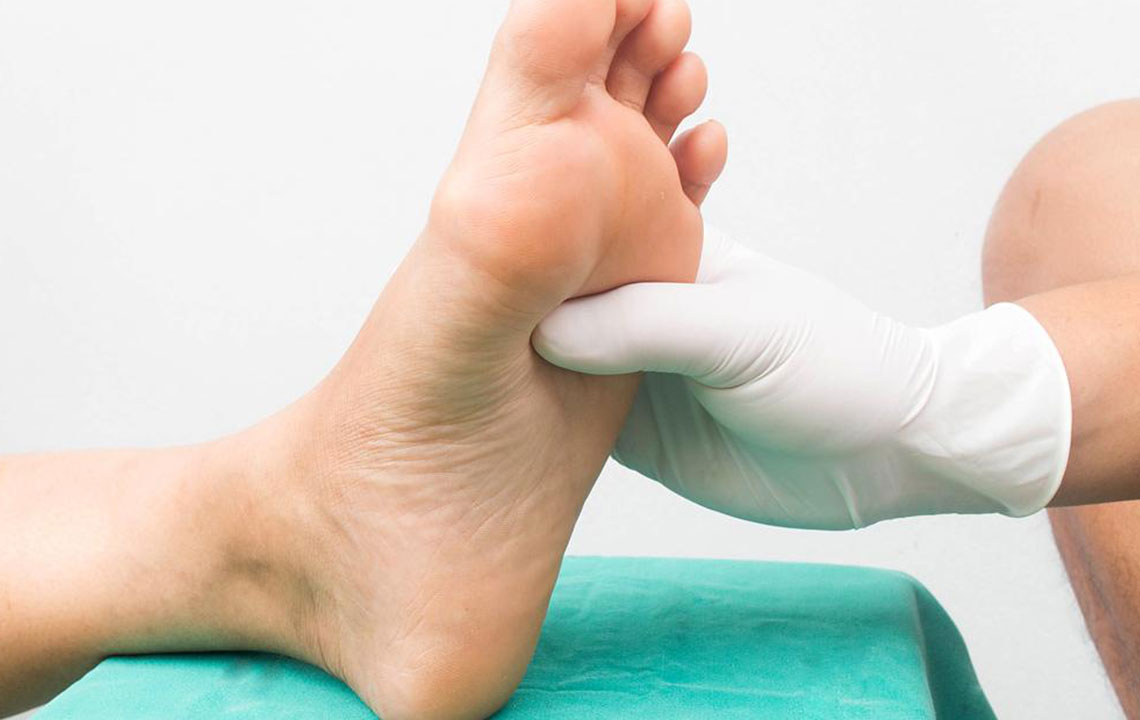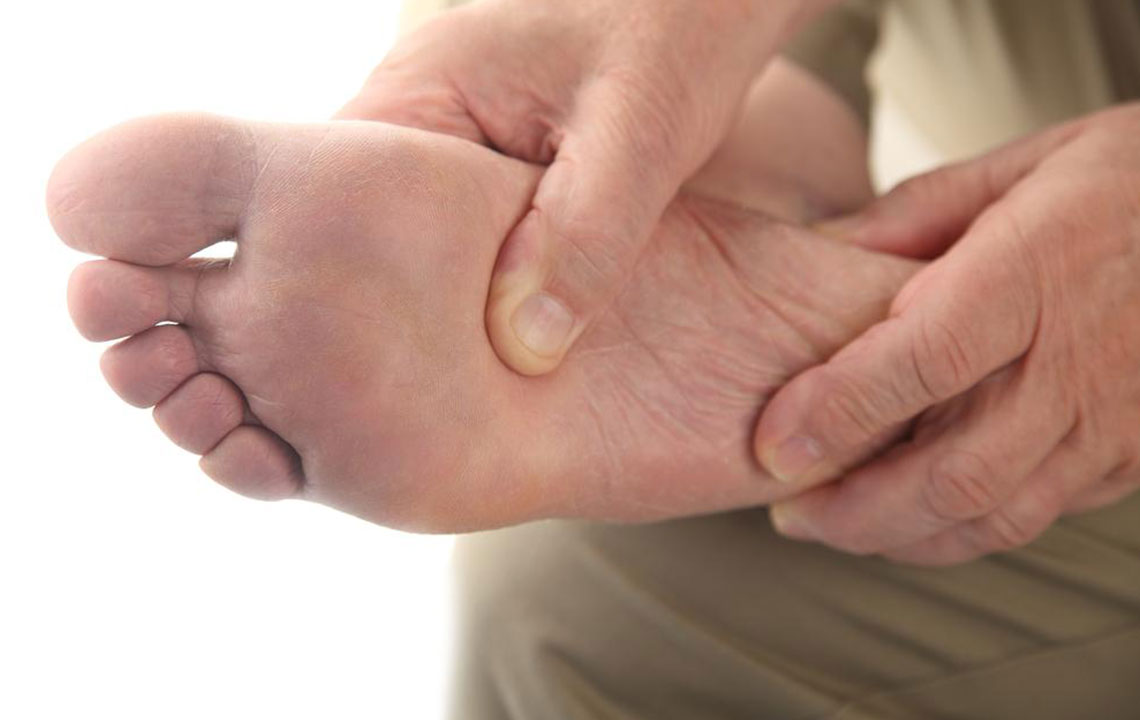Comprehensive Guide to Managing and Preventing Diabetic Nerve Damage
This comprehensive guide explores effective strategies to manage and prevent diabetic nerve damage. It highlights the importance of blood sugar control, lifestyle changes, and regular medical care to reduce the risk of complications like nerve pain and limb loss. The article provides practical tips on diagnosis, treatment options, and foot care to help individuals living with diabetes maintain nerve health and improve their quality of life.

Effective Strategies for Managing Diabetic Nerve Damage and Protecting Your Nerves
Diabetic nerve damage, medically known as diabetic neuropathy, is one of the most prevalent and often debilitating complications faced by individuals living with both type-1 and type-2 diabetes. It is estimated that approximately 70% of people with long-standing high blood sugar levels will develop some form of nerve impairment over time. This condition can significantly impair the quality of life, causing symptoms such as numbness, tingling sensations, burning pain, and muscular weakness, especially in the extremities like hands and feet.
Understanding how to effectively manage and prevent diabetic neuropathy is vital. Early detection, consistent blood sugar control, lifestyle modifications, and regular medical consultations are the cornerstones of successful management. If left unaddressed, nerve damage can lead to severe complications such as foot ulcers, infections, and even limb amputations. Therefore, proactive steps are essential to mitigate risks and ensure a better quality of life for individuals with diabetes.
High blood sugar levels over extended periods cause damage to nerves and blood vessels, impairing nerve function and circulation. Contributing factors include elevated cholesterol levels, unhealthy lifestyle choices like smoking and excessive alcohol consumption, and deficiencies in vital nutrients such as vitamin B12. Addressing these factors is crucial alongside strict blood sugar management to protect nerve health.
Diagnosing diabetic neuropathy involves a comprehensive approach, including reviewing medical history, conducting physical examinations, and performing specialized tests such as sensitivity assessments, reflex testing, and vibration detection with tools like tuning forks. Treatments range from medications aimed at alleviating nerve pain to lifestyle strategies and alternative therapies such as acupuncture, which some patients find beneficial.
Maintaining a healthy weight through balanced diet and regular physical activity supports nerve health. Dietary modifications should focus on controlling carbohydrate intake and reducing saturated fat consumption. For patients experiencing digestive or reproductive issues linked to nerve damage, personalized interventions are often recommended by healthcare providers. Equally important is diligent foot care—daily checks, keeping feet clean, and wearing appropriate footwear—to prevent ulcers and avoid severe complications like amputations.
Prevention of diabetic neuropathy is best achieved through rigorous blood sugar control. Monitoring glucose levels, adhering to prescribed medications, maintaining a nutritious diet, and engaging in consistent physical activity can significantly slow or halt nerve damage progression. Close collaboration with healthcare professionals ensures that management plans are tailored to individual needs, ultimately improving health outcomes and enhancing overall well-being.
In conclusion, managing diabetic nerve damage requires a multifaceted approach emphasizing early detection, lifestyle modifications, and medical intervention. By taking proactive steps and maintaining vigilant care, individuals with diabetes can reduce the severity of neuropathy and preserve their nerve function, leading to healthier, more comfortable lives.





